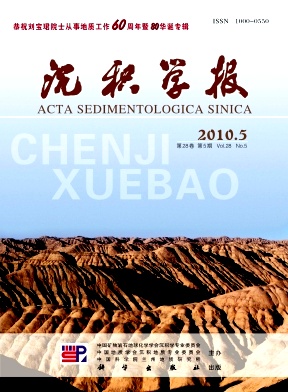Clay Mineral Assemblages in Sediments of the South China Sea: East Asian Monsoon Evolution Proxies?
- Received Date: 1900-01-01
- Rev Recd Date: 1900-01-01
- Publish Date: 2010-10-10
-
Key words:
- clay minerals
Abstract: Clay minerals can be used to track oceanic current variations and to reveal contemporaneous paleoclimatic changes prevailing in continental source areas, and have played a significant role in sedimentation and paleoenvironment studies of the South China Sea. However, it is quite debatable whether clay minerals in the South China Sea can directly indicate the East Asian monsoon evolution. This study reports that the clay mineral assemblage in the South China Sea is mainly controlled by provenance supply and current transport, and that the clay minerals themselves do not bear the contemporaneous paleoclimatic characteristics. For example, as three major provenances of terrigenous clastics, the Pearl River, Taiwan, and Luzon provide similar the clay mineral assemblages, respectively, regardless of glacial or interglacial stages. Once entering the South China Sea, these clay minerals are transported by different oceanic currents. Therefore, the implication of late Quaternary clay mineral assemblages in the South China Sea for proxies of the East Asian monsoon evolution is realized through the current transport processes with various results in different parts of the South China Sea.
| Citation: | LIU Zhifei. Clay Mineral Assemblages in Sediments of the South China Sea: East Asian Monsoon Evolution Proxies?[J]. Acta Sedimentologica Sinica, 2010, 28(5): 1012-1019. |






 DownLoad:
DownLoad: